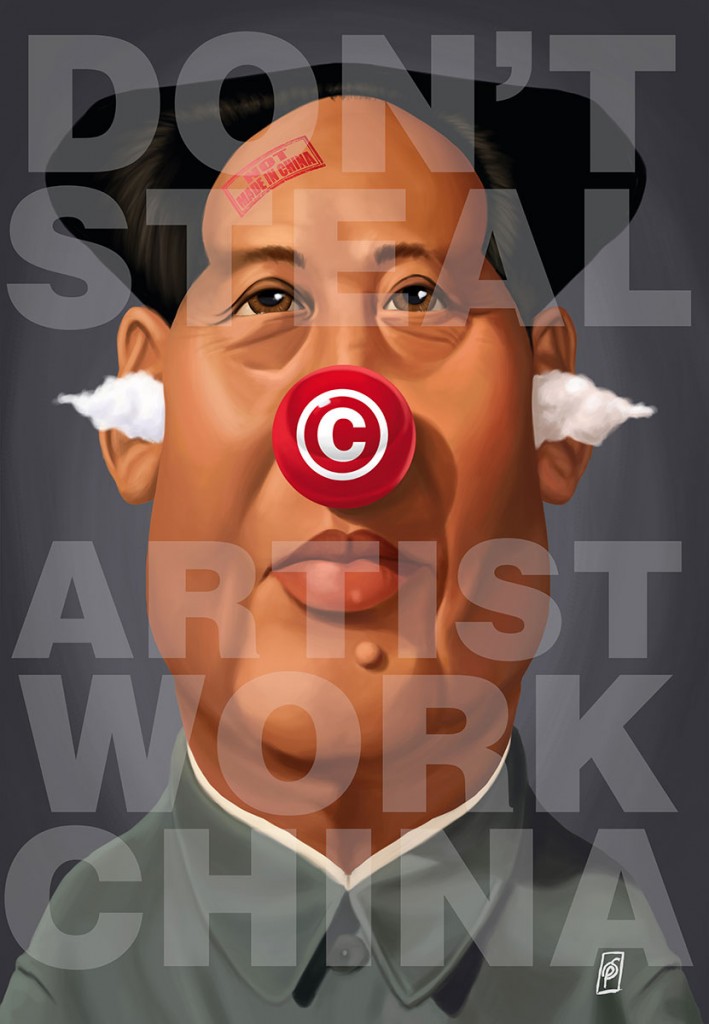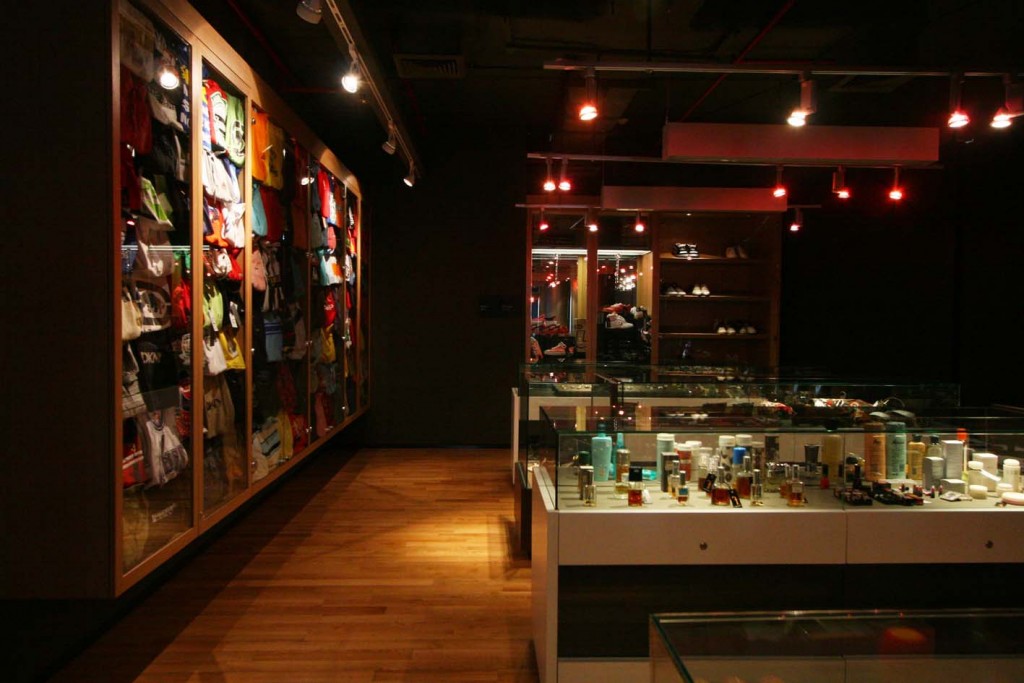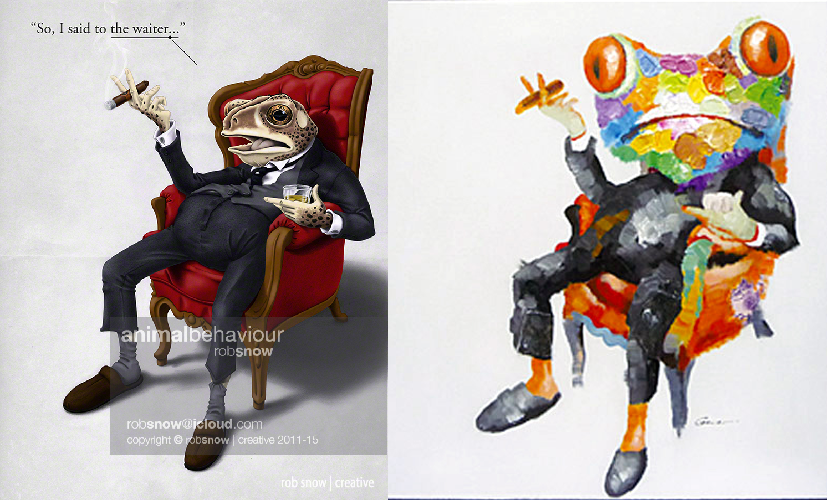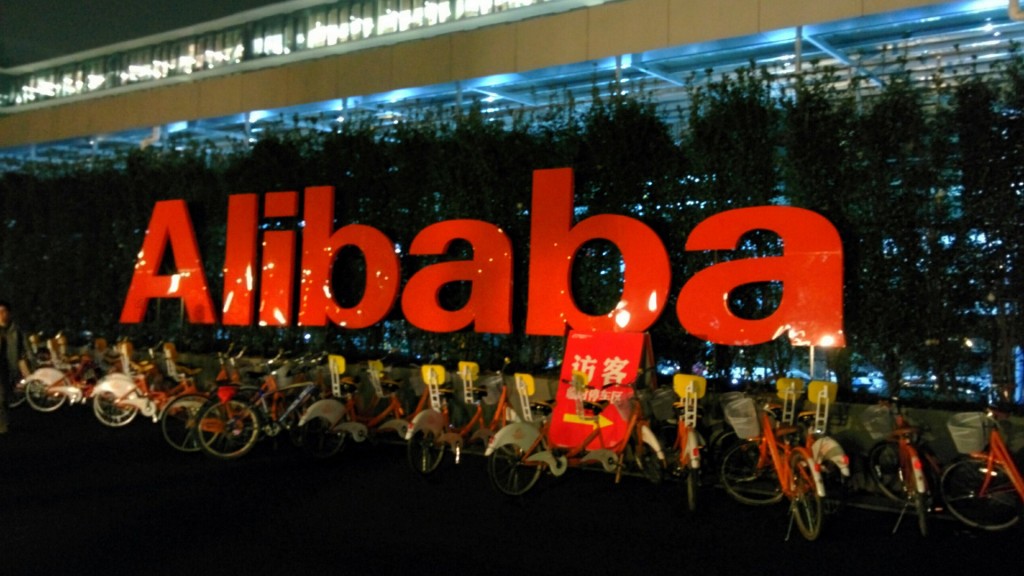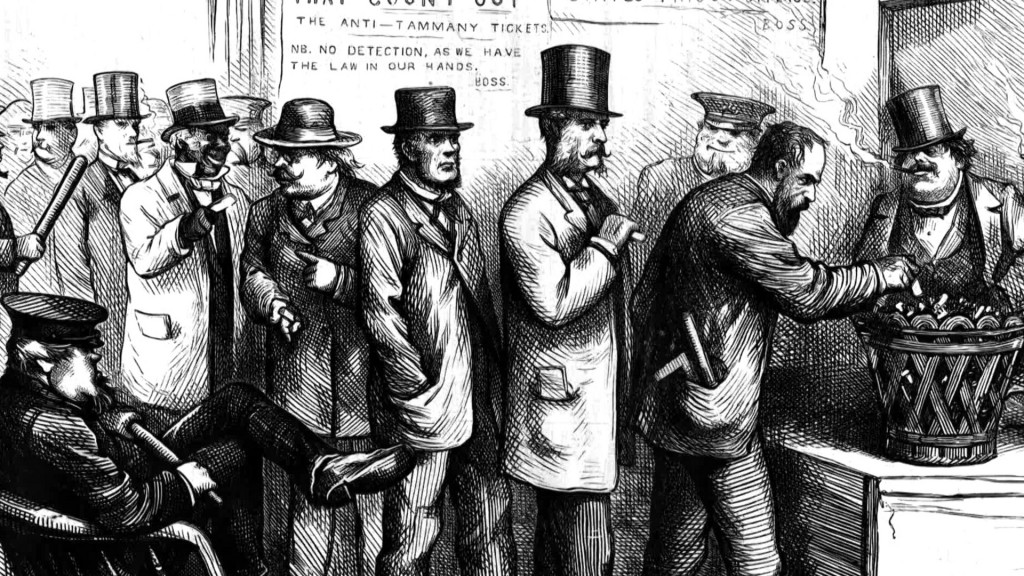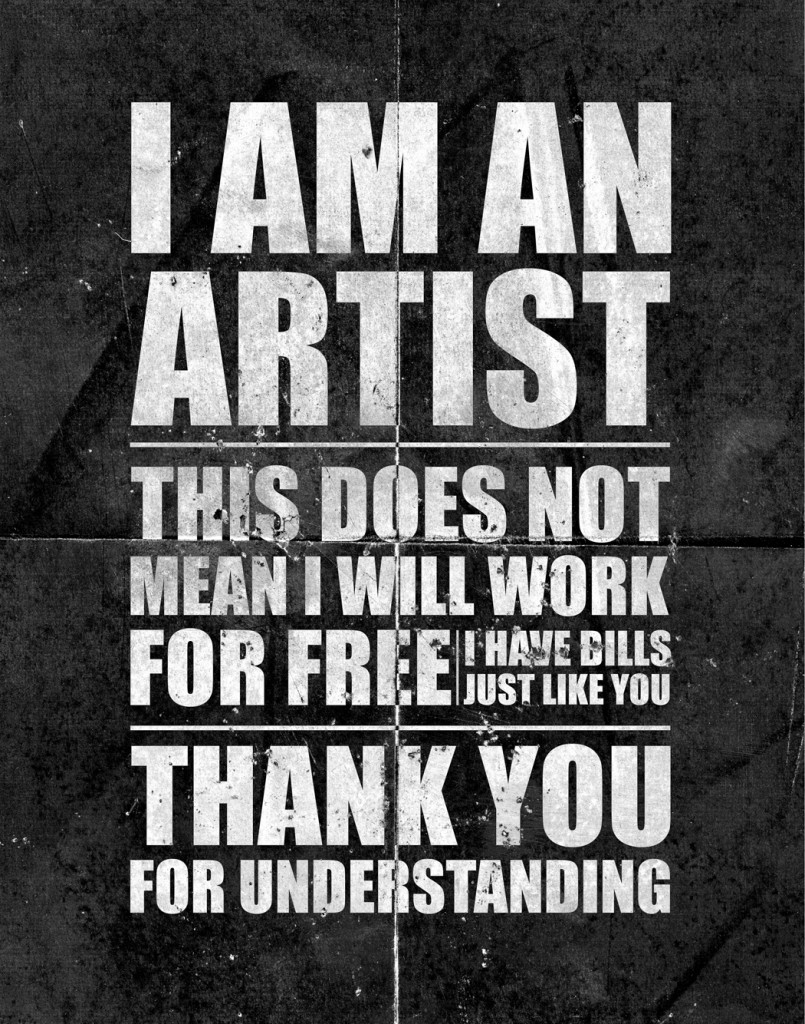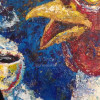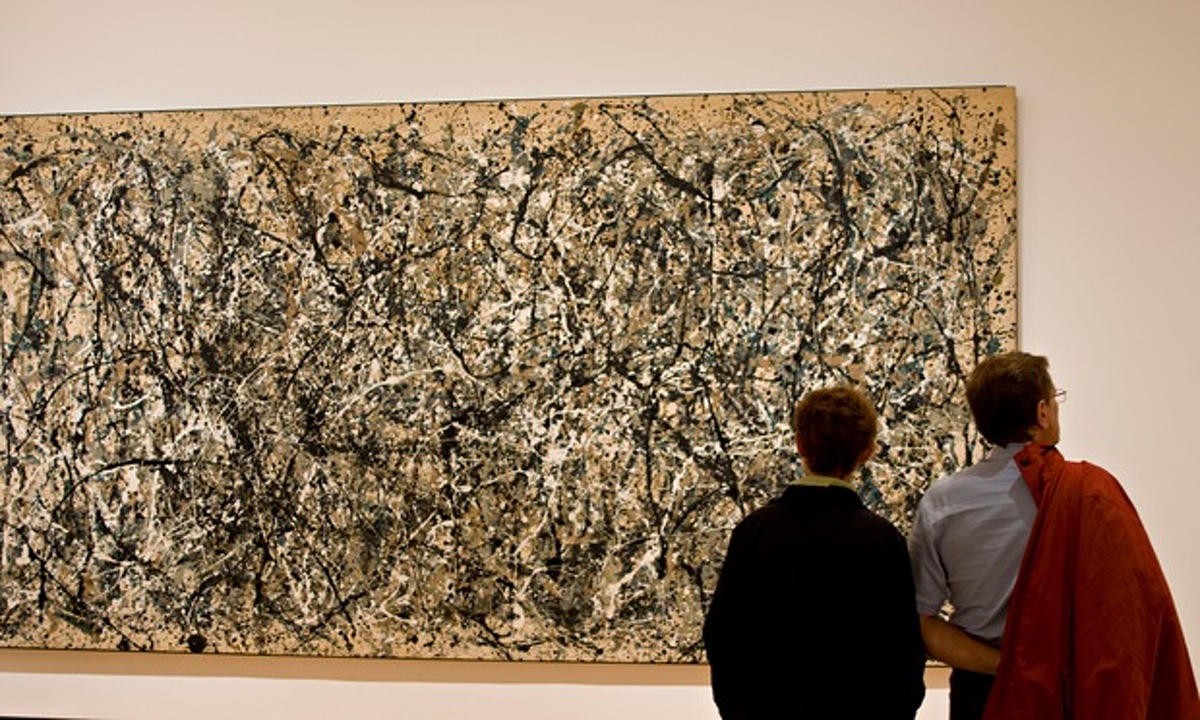
China has a very long history, it also has a very big population, and of course it has Panda bears. Now, everyone would possibly have something to say about China, but in the creative field, the thing that pops up more than anything is their illegal counterfeiting empire. To use the term Empire is no joke either. Last year the counterfeiting black market made $60 Billion in illegal trades. And with giant Alibaba stretching it’s tentacles into the US stock market and western trade avenues, then this trade in counterfeiting can probably only increase. So, why does it happen, why is it so hard to stop and what are the underlying issues as a small time artist trying to make a living on the internet?
It is inevitable that if you place something on the internet there is a good chance someone will snap it up. Use it for a image in a project, powerpoint presentation or social media profile image or post, but when it comes down to making money from your work is this a new ball game? So artists mention that this type of activity should be seen as a uncomfortable form of flattery and advertising. The fact that they see your art as being good enough to steal, must mean it’s good generally. However, most of these actions have a counterproductive aspect to them. Unless you are really well-known for your imagery, the thieves rarely back link, credit or even name who they steal from. So, the flattery is lost. The image at the top is of a Jackson Pollock, or so you would think. This is a central aspect to a case where, yes you guessed it, a Chinese artist was found and caught copying the famous artist’s work. You can see the full article here!
I have my own fair share of this abuse, but unlike Pollock‘s estate who can possible take legal action against these people I have little to no resources to allow me to challenge the illegal activities in the Pacific Rim. To make things even worse, the copyright laws and DMCA laws are not even close to being adequate in helping small time artists in a quest to find some justice. The internet is allowing counterfeiting to be the new lawless West. What the main issues are are these; copyright law is binding in the country of the originator of the art. However, if the perpetrator is stealing and counterfeiting in a different country, say China, then as the copyright owner, you would have to go to that country, or hire a lawyer in that country to represent you. To make it worse in the case of China, it is advised that the artworks are actually registered at the copyright office in China. All of which would take a great deal of money and time. Something small time artists don’t have. One reason the counterfeiters pick on them. Second issue is that the DMCA laws only help and are binding toward freeing big companies of the burden of prosecution. Allowing them a ‘get out of jail free’ card when it comes o complaints about the content that they have allowed on their sites.
That is fair enough, but their own policies and the state of anonymity on the web makes it impossible for an artist who wants to track down the thieves and counterfeiters, any access to sensitive material. This combined with the general view that the internet is a free playground of treasures has made the copyright laws and actions thereof redundant and a joke to protect anyone who has little or no money to defend themselves. Cases such as Dick Prince beating the original copyright owner, Cariou, of a claim against his use of the artist’s photograph was favoured in light of Prince. Not because he was right, but because fame and money talk in these circles and a misinterpretation of the fair use principle.
It actually surprised me whilst doing some research for this article and the Facebook page; Artistic License, that they have even constructed a museum to counterfeiting. This is how perverse and bizarre the whole aspect to the industry is perceived and looked upon. It is almost like it’s acceptable, so let’s celebrate the people who do this thievery! But that said, why does this happen? Well, for the small time artist it is a case of a two edge sword. The internet can be a very powerful selling tool if used right and when a local market is unforgiving to buying your art, the world is a much more expansive place to seek favoured purchases. However, this selling comes at a price. If you wish to use the more popular venues; such as Society6, RedBubble, Fine Arts America, etc., then you will find the security of your work is at risk. Some like RedBubble do add watermarks, but even so, today’s technology can remove this very easily. In an article, on Plagiarism Today, it was discussed about watermarking and they now seemingly uselessness in the age of technology. The article describes free software that can be used in an attempt to remove simple watermarking. Even Digimarc electronic invisible watermarking is flawed by the search methods it uses, and can be thwarted by a simple piece of script that stops their robots searching the millions of sites on the web. The one ray of light in that article was the discovery that the hardest watermark to remove was that of ‘Getty Images’. So, in an attempt to curb the thefts on my own art I did employ such a watermark. However, the art still remains on POD sites unprotected. If you look at the image below as well, there is a new factor in this counterfeiting.
Not only of these blatant thieves stealing the artwork as a whole and using or manipulating them, they re also stealing the IP of the artworks. Art is not just about oil on canvas or pixels on documents, but it is about ideas that make that happen. This in today’s new world of copyrighting is known as Intellectual Property. As you can see from my image. The watermark that is even declaring the copyright existence on the artwork is being ignored and the piece is being used as a rework in a badly constructed canvas painting. I only discovered this through a pixsy.com, that resulted in a DMCA takedown on an online store. The owner contacted me and begged not to move forward, but what was more surprising is that he stated that he travels to China twice a year to visit art fairs. These art fairs are not your typical array of talent on sale, but instead a bargain basement treasure trove of illegally counterfeited art pieces that are on sale cheap to get sell through. The worse part of the conversation is he tried to state that this could probably not be stopped, and there were at least 3 factories in China that he knew of that were full of low-paid slaves hand rendering artwork exactly as the original for counterfeit selling, or in my case using the IP to create a worse version. The sad truth was the online store owner had the counterfeit one for sale, but not mine. So the thieves win again.
Places such as Alibaba, Taoboa, eBay, Amazon, etc have an open door approach to allow sellers (legal or not legal) to set up shop and sell items without any form of license or guarantee they are legitimate. Many of these sellers operate under fake names and work the system so they can maximise their intake at the lowest cost. The fact is, that these sites do have “zero-tolerance” policies toward copyright infringement, but unlike many laws where the perpetrator has to prove his innocence it is up to the artist (the IP owner) to prove they are the victim of the crime. And that they own the rights to even get the counterfeit taken of their platform. With these companies being worth billions and making billions each year, and with adequate technology out there it would be hard for them to implement some form of registration procedure to guarantee that what is being sold is licensed from an artist. After all, they ask a great deal of proof when you are trying to prove the theft. The reason it’s not done is the same reason as the POD sites; they make too much money turning a blind eye to injustice. POD sites have constantly mentioned to me that they will only take action against individuals or artworks if proper DMCA takedowns are received from the right owners.
Is there any hope? Well, as I have been doing this for some years and finding that the rate of stealing is on the increase I would say that “no” all is lost. You choke up and accept that life as an artist is very VanGoghesque, and that scrapping a living for your passion is not part of any Orwellian outlook on modern living. You are part of a machine and you should be happy that somebody buys your art, even if you see nothing for it. But, it would be better that the artists unite and stick together and create a campaign to get better rights and copyright laws for the internet and against counterfeiting. After all, if the planned Orphan Works Bill goes through the the US, then counterfeiters will have legs to then stand on. The copyright laws were changed once to protect big business from attack, so it can be changed again. All it needs is enough voices to be heard. I am sure that those voices are all at present individually screaming about the injustice that artists are facing in an attempt to simply make an honest living, so if they all came together, then maybe that change can come. This was one reason that Artistic License was set up, to air the countless voices of artists in similar situations. I will leave with the same poster that is always a good statement to the lives of many an artist. If you read this, join and help the voices be heard.

